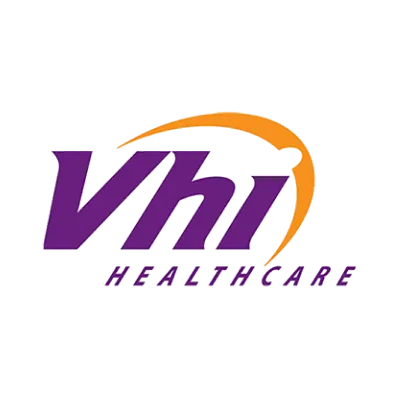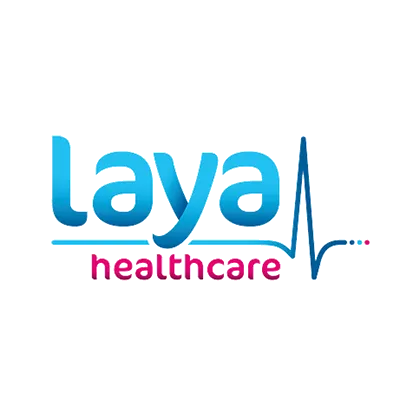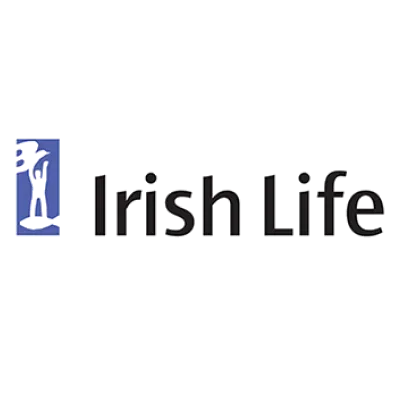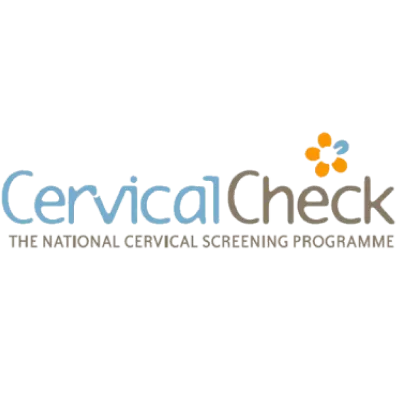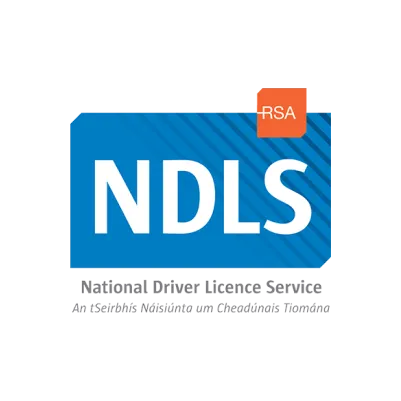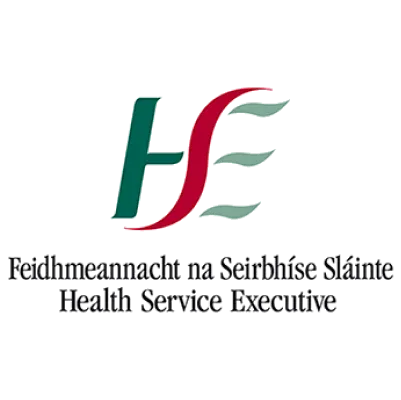PRP JointEnnis
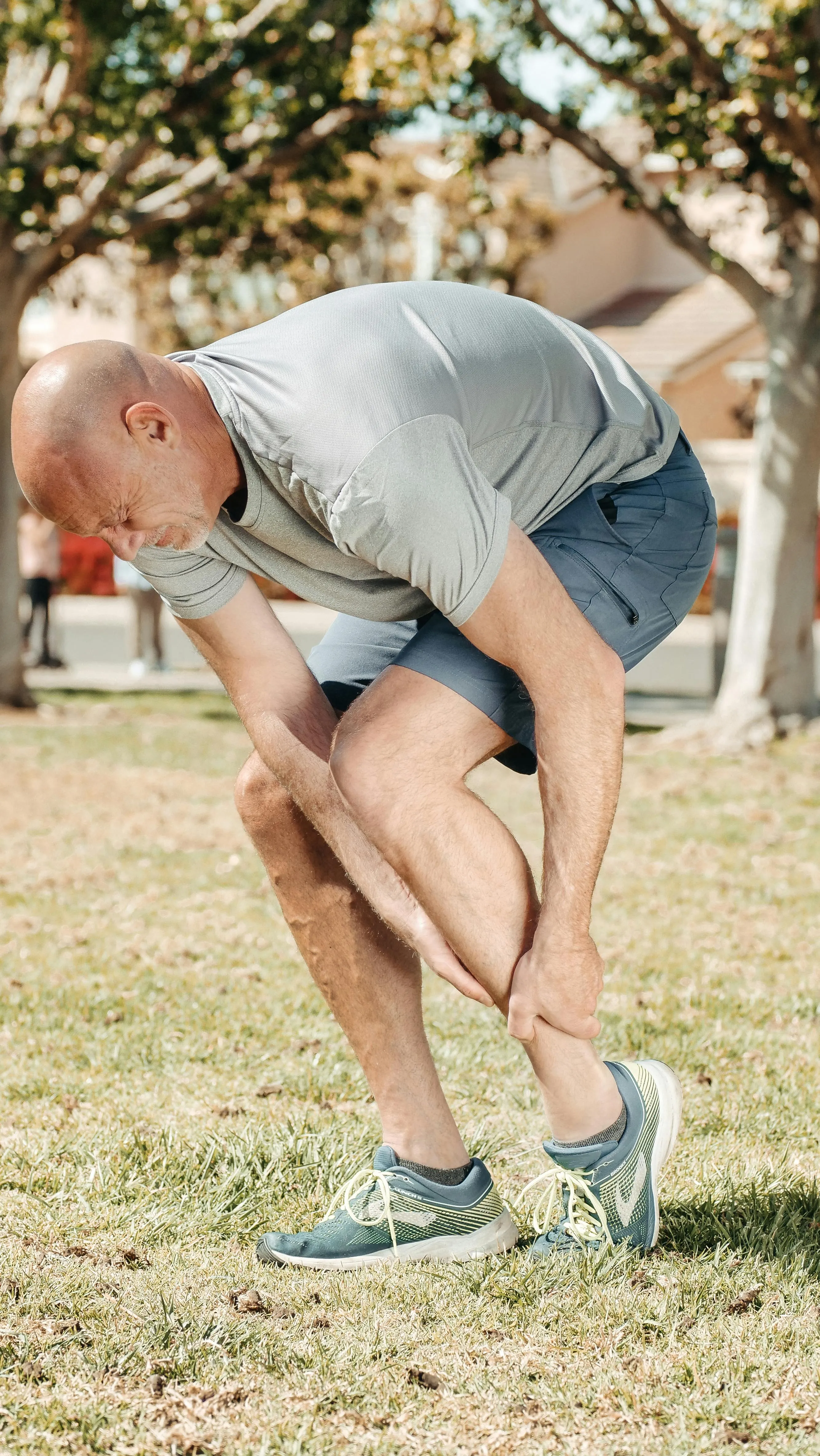
Healthy Heart Check-Up
- 30 minutes
- Detailed cardiac history and exam
- Cardiac related Fasting blood tests
- Biometric analysis
- Cardiac Risk factor stratification
Couch to 5K Check-Up
- 30 minutes
- Cardiac, Respiratory and Musculoskeletal Exam
- Fasting blood tests including cholesterol and blood sugar
- Biometric analysis
- Exercise programme planning
Healthy Heart and Cancer Screening Check-Up
- 45 minutes
- As above
- Cancer related history and exam including breast or prostate exam
- Cancer related blood tests
- Cancer risk stratification
- Skin assessment
Full Detailed Check-Up
- 1 hour check
- Both options as above
- Detailed health questionnaire
- Full detailed exam
If you’re based in Ennis or it's surrounds, and are exploring effective, non-surgical options for joint pain, PRP joint treatment at Flynn Medical Centre in Shannon, Co. Clare may be ideal. Just a 20-minute drive from Ennis, our clinic is easily accessible with free on-site parking, making it a convenient option for those seeking high-quality care without the need to travel far. Platelet-Rich Plasma (PRP) therapy is a cutting-edge regenerative treatment that uses the healing properties of your own blood to help reduce inflammation, improve joint function, and support long-term recovery. It’s particularly beneficial for people living with osteoarthritis, sports injuries, or chronic pain in joints, tendons, or ligaments.
We are happy to see patients who do not regularly attend our surgery, especially if your own GP does not offer PRP joint injections. The procedure is quick and safe with minimal discomfort and downtime. By targeting the root of inflammation and encouraging tissue regeneration, PRP joint therapy with Flynn Medical Centre, Shannon offers a natural alternative to steroid injections or early surgical intervention.
Book your appointment today to find out how PRP can help you move more freely and live with less pain.
FAQ
Platelet rich plasma, or PRP, is a form of regenerative medicine. It has many uses in area of sports medicine, vascular medicine, joint injury, wound and burn healing, skin rejuvenation and hair loss management. PRP involves obtaining the platelets from one’s own blood and reinjecting them into the target site to promote healing and regeneration.
Our blood is composed of red blood cells, white blood cells and platelets, all suspended in a liquid called plasma. When a blood sample is taken and spun in a medical device called a centrifuge, the blood components separate. Platelets are the lightest and hence come to the top of the collection bottle. This plasma which is now highly concentrated in platelets can be removed in a separate collection device and reinjected into the target area.
This platelet rich plasma has high levels of growth factors which aid in wound healing and tissue regeneration via a complex cellular cascade.
PRP is an important therapy in regenerative medicine. Regenerative medicine refers to the science of restoring or replacing damaged/injured tissue using the body’s own natural healing capabilities.
PRP has many uses:
Musculoskeletal
Improved healing of tendons, ligaments and muscles
PRP modifies the joint space in joints affected by osteoarthritis and reduces inflammation
- Sports injuries such as tendon, ligament or muscle tear
- Chronic tissue damaged associated with aging or over use
- Patients suffering with pain and stiffness associated with osteoarthritis
Hair loss
Hair growth occurs in cycles, with four stages. 85-90% of your hair strands should usually be in the active growth (anagen) stage. Only a small number of hair strands usually reside in the shedding (telogen) phase at any one time. This results in normal hair loss of 50 -100 hairs a day. This should not result in any noticeable hair loss.
Noticeable hair loss occurs when a larger proportion of hairs are in the shedding phase compares with typical
The growth factors in PRP encourage hairs to enter the anagen (growth) phase, awakening dormant hair follicles. This stimulates new hair growth.
Many types of hair loss can be treated using PRP
- Male pattern hair loss (Male Androgenic Alopecia)
- Women with hair loss post-partum (Postpartum Telogen Effluvium)
- Female pattern hair loss (Female Androgenic Alopecia)
Skin rejuvenation
The anti-aging effects of PRP are broad:
- PRP can be performed on the face, neck or hands
- This reduces the appearance of wrinkles, photodamage and dark circles under eyes
- Stimulating production of collagen improves skin volume and skin texture
Because PRP involves using your own blood, it is a natural and safe way to improve joint healing.
- PRP can alleviate pain secondary to joint damage;
- Encourage tissue healing (tendon, ligament, muscle);
- Postpone the requirement for joint replacement surgery.
The procedure is a simple one:
- A sample of blood is taken from your arm;
- This sample is spun in a centrifuge, separating the platelets from the other blood components;
- These platelets are removed into a separate syringe;
- The platelets are reinjected into the affected joint using sterile technique.
As it is your own blood that is being used, the risk of contamination or infection is minimal.
The whole procedure takes approx. 30mins.
Pain is minimal.
Results become most obvious after a few short weeks and these continue to improve over months.
For optimal results, two PRP treatments one month apart is recommended. The duration of effect can last between 6 and 12 months.
However results are highly variable between individuals but scientific research suggests results last longer than steroid injections.
The corticosteroid cortisol is a natural hormone produced by our adrenal glands, which has many effects that are essential to the correct and healthy functioning of our body. One of it’s functions is to dampen down and eliminate inflammation.
To aid in the management of many medical illness, corticosteroids are prescribed by doctors. This may be in the form of
- creams for skin conditions like eczema
- inhalers for treatment of asthma and other respiratory conditions
- tablets for managing a wide array of conditions
- joint injections for managing chronic painful conditions
This is only a very brief summary of some of the more common uses of steroids. They have many many uses in medicine.
Anabolic steroids used for muscle growth and strength are different to these described above.
Steroid joint injections are used as an adjunct to oral painkillers to manage chronic pain.
They are most typically used for
- injury (eg. Ligament strain)
- Inflammation (eg. Tennis elbow)
- Medical conditions (eg. Osteoarthritis)
Our doctors are trained and experienced in assessing those who are suitable for these injections.
- Postponing the need for surgery
- Reduced need for oral painkillers
- Longer lived response to pain when compared to oral painkillers
When corticosteroid is injected into the affected joint space, it reduces local inflammation leading to pain relief which can be long lasting.
The target joint needs to be exposed fully.
- The skin is cleansed with an anti-septic material to minimise risk of infection.
- A narrow needle is inserted into the joint space.
- A combination of corticosteroid and local anaesthetic is injected into the target joint.
- An adhesive dressing may be applied to the skin after the injection.
You can expect minimal pain and minimal bleeding during this procedure.
It takes between 15-30mins in total.
As local anaesthetic is injected with the steroid, results are rapid. You can expect pain relief the same day. As the anaesthetic starts to wear off, the corticosteroid will have started to take effect giving long lasting relief.
Results are widely variable. Some people get pain relief for many months, while others get short weeks. Some few get no appreciable effect at all. These results can be influenced by the extent of injury or damage in the affected joint, which joint is affected and use of joint in the following weeks or months.
It is recommended that no more than 3 to 4 injections in a joint in a 12 month period and these should be spaced out by appropriate intervals.

